I’ve voted in 9 presidential elections, and my record is pretty good: 7-2. But I started out 0-1 after voting for Gerald Ford.
Now you’re wondering about the other election where I picked the wrong person.
I’ve voted in 9 presidential elections, and my record is pretty good: 7-2. But I started out 0-1 after voting for Gerald Ford.
Now you’re wondering about the other election where I picked the wrong person.
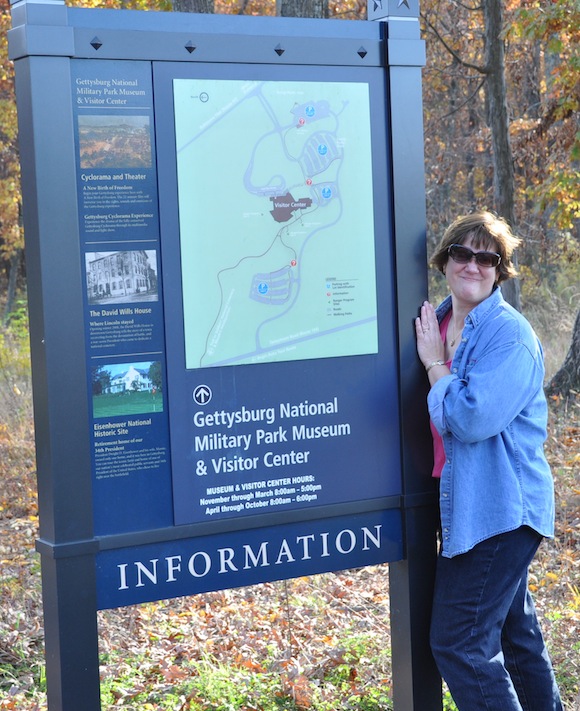
Pam at Gettysburg
On October 24, after spending a lovely two days in Lancaster, Pa., Pam and I drove to Washington, DC. Our journey took us through Gettysburg. So, of course, we had to stop.
The Civil War has commanded my interested since third grade, when I read my first war-related book: “Heroes in Blue and Gray.” It was a book written for kids–shiny cover, big text–at third grade level. And it was a new book at the time, published in 1965, the year I was in third grade.
Each chapter looked at a major battle of the Civil War, and those names carved a place in my mind: Antietam, Chancellorsville, Vicksburg, Shiloh, Fredericksburg, Chickamauga, Bull Run…and, of course, Gettysburg.
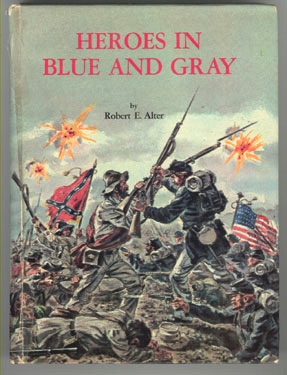 Battle maps showed how the forces were arrayed, with a general’s name inside a rectangle; the larger the rectangle, the larger the force.
Battle maps showed how the forces were arrayed, with a general’s name inside a rectangle; the larger the rectangle, the larger the force.
I studied those maps closely, fascinated by the clash of armies. And the names of those boxed generals, like the names of the battles, were burned into me–Longstreet, Jackson, Burnside, Ewell, Meade, McClellen, Hancock, Reynolds, Sherman, Hood, Thomas, Bragg, Early, Hill….
I’ve visited Gettysburg five or six times now. I attended grades 4-7 in Harrisburg, Pa., and in fifth grade (I think it was), we took a field trip to Gettysburg. Back then, we could crawl through the stone tunnels of Devil’s Den (and I apparently didn’t have claustrophobia), and we scampered over the big rocks on Little Round Top.
I went another time with my family, and I remember taking my grandparents another time. There may have been another visit or two during those years. Somewhere along the line, I bought a little metal souvenir cannon.
As an adult, I visited Gettysburg some years ago with Pam. Then, on October 24, Pam and I visited again.
A new visitor center had been built since my last visit, and it’s very nice, and very big. The tour begins with a short movie about the battle, and continues with the Cyclorama. The Cyclorama is simply spectacular–a huge, wrap-around mural of the battle. I remember seeing it in the previous visitor center, but it had been restored and enlarged, and displayed with excellence. I could have studied it for hours.
The museum itself seems to wander forever. I remembered a few items from my childhood years, like the two bullets that met in mid-air and fused together. And the stories of relatives who fought on opposite sides of the battle.
Soon after the battle, long before the war ended, efforts began to preserve the Gettysburg battlefield and make it a place people could visit. I’m sure it was all commercially driven, but that’s okay. Other battlefields, I imagine, are now covered by homes and factories and shopping centers. But at Gettysburg, you can walk the entire battlefield. You can roam around Little Round Top, walk the path of Pickett’s Charge, and still see canons positioned. It’s a great place, a national treasure. Truly, as Lincoln said, a place consecrated by the brave men, living and dead, who struggled there.
1 CommentLast week, Pam and I spent two days on the National Mall in Washington DC, touring museums and walking, endlessly, to see the various monuments. The World War 2, Korean War, and Martin Luther King memorials were new since we were there in the 1990s.
People gripe that government can’t do anything right. I disagree. There are many things that government does well. And one of them is our National Mall. It’s a beautiful, impressive place. And it’s surrounded by many truly impressive, and massive, buildings.
Our National Mall looks like the center of the most powerful country on earth. Walking there, you feel the greatness.
I was particularly struck by the vision of the city’s designers. The land allocated for the National Mall must have seemed excessive at the time, and very empty. It’s a full two miles from the capital to the Lincoln Memorial. Today, the first mile (to the Washington Monument) is lined with museums, and the second mile is filled with memorials and the reflecting pool. But back in 1791, it was probably just undeveloped land. Nothing there.
I’m sure critics protested, “Why would we ever need all of this space?”
The city was designed by a French-born architect who based his plans on great European cities like Paris, Amsterdam, and Milan. Charles L’Enfant planned big, envisioning a city of grand scale, and knew the country would grow into it. What undoubtedly seemed huge back then is now, I would say, just right.
Today, the National Mall is grand, majestic, and full of meaning. The National Mall is, indeed, a national treasure.
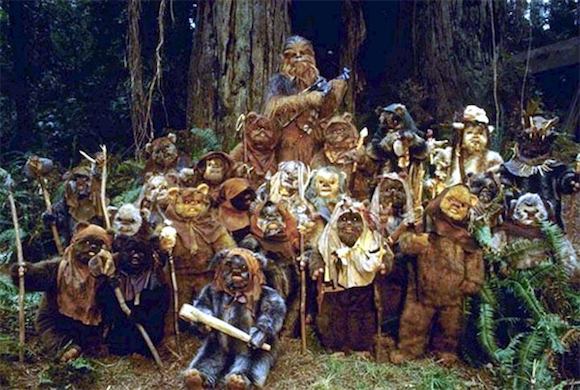
Now that Disney owns Lucasfilm and Star Wars, does that mean we’ll soon have Jar Jar Binks walking around Disney theme parks, scaring little children?
On the other hand, it will be a jobs bonanza for little people, as they line up to apply to be Ewoks and Yoda. Plus, someone will have a great post-NBA career as Chewbacca.
1 Comment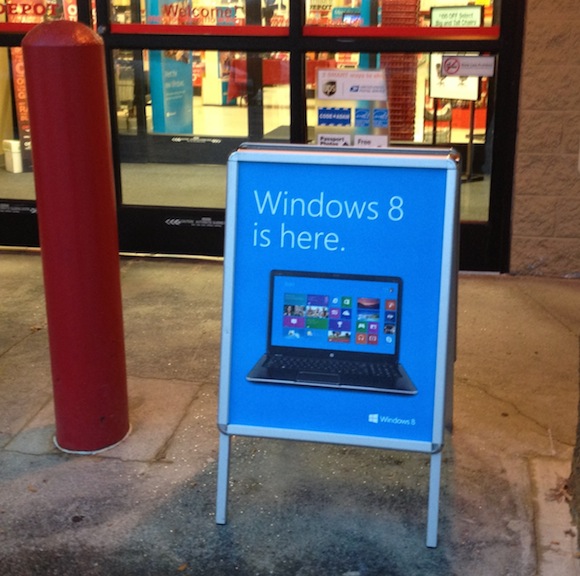
I saw this sign posted outside of an Office Depot store. I took it as a warning. I thought maybe the store was under quarantine and I should stay away.
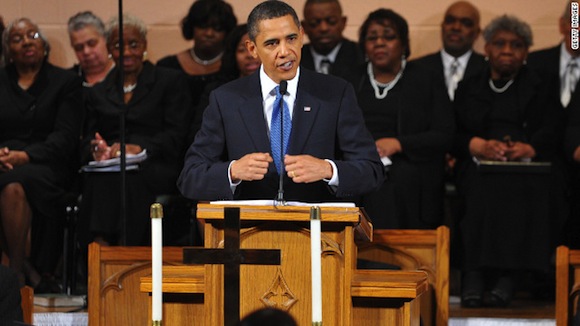
Ed Stetzer, the Southern Baptist researcher from LifeWay Christian Resources, recommended this post by John Blake on CNN’s Belief blog. It’s called “The Gospel According to Obama.” As Stetzer said, “You won’t agree with it all, but I think you will learn something from it.”
I found some fascinating insights, particularly in regard to the American black church. We have caricatured Rev. Wright to death because of a few stupid statements, and shamelessly implied that everything true of Wright is true of Obama. But there is much more to Obama’s faith than these caricatures, and there is much we evangelicals can learn from the black church.
We white evangelicals are pretty insulated and, to be blunt, legalistic. We think the American evangelical experience is the ultimate and only true expression of Christianity. Anything else is non-Orthodox, compromised, and possibly heretical. People outside the United States don’t have a proper understanding of Christianity, so we send missionaries and conduct conferences to show them how to do it right. To enlighten them.
But that is such a shallow, paternalistic view of the faith.
In particular, we reject anything with “social gospel” attached to it. That stems from a 1950s-era backlash–not entirely a bad thing–against the mainstream Protestant church, which had sorely neglected the salvation message. But we have swung too far in the other direction. A good deal of Jesus’ message was social in nature, and we can’t discount it. The black church, to its credit, has never discounted it.
Years ago, I was part of the organizing committee for the first joint convention between the two main religious press organizations, the Evangelical Press Association and its mainstream (“liberal”) counterpart, the Associated Church Press. I don’t think it went particularly well–our two groups were very different. And yet, I learned a lot. I remember when an ACP person gave a prayer, and I thought, “Why don’t we evangelicals pray about those things?” There were other things they emphasized which I found eye-opening, in a good way–issues of justice and compassion that we evangelicals just don’t focus on.
Likewise, in attending a service at an all-black church many years ago, I discovered expressions of the faith that were foreign to me, but which I realized were totally valid.
We evangelicals think we’ve got it all figured out. But there are holes in our gospel.
And so, read John Blake’s article with an open mind–not a partisan mind–and see what God teaches you about aspects of the Christian faith which are missing or unstressed in your evangelical tradition. It’s quite a long article, but puts a lot of religious issues into context. I found it insightful.
A quote near the end says, “What’s interesting is that these values, associated with Obama and the black Protestant tradition, are now also the values of a growing number of white evangelicals.” That is what I’ve seen, and it’s a healthy thing.
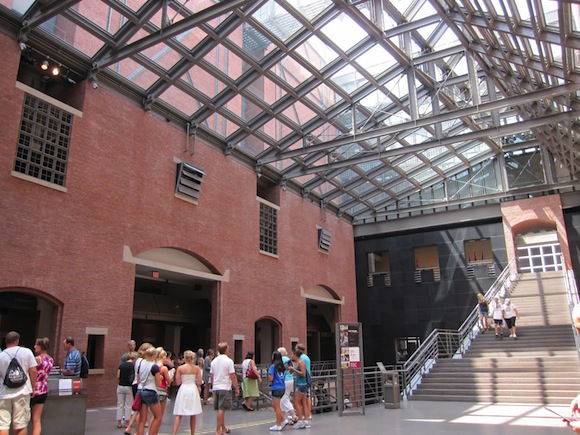
Last Thursday, October 25, Pam and I visited the Holocaust museum in Washington, DC. One of our first vacations as a married couple, back in the early 1980s, was to Washington DC. But that was before the Holocaust museum opened. So this was at the top of our list.
I’ve read many books about the Holocaust. It has always fascinated me–how evil, truly evil, ordinary people can become. So obviously, the Holocaust Museum held high interest for me.
Here are a few thoughts.
You can’t help noticing the silence. Hundreds of people all around you, exploring the exhibits…and rarely a word spoken. Even the many schoolchildren, brought to the museum on field trips, were generally respectful.
The museum made great use of video, including so much stuff I had never seen. Including some very disturbing footage. The main videos–maybe 5-10 minutes apiece, perhaps five of them scattered throughout the museum in places with seating–were well worth watching. The first told of anti-semitism through the ages; the next told about the rise of anti-semitism in Germany. But in addition to these mini-features, numerous exhibits were accompanied by a small monitor showing footage. Very well used. And very disturbing…which was the point.
The room with shoes–thousands of shoes left at extermination camps by Jews, each pair worn by an actual person who was murdered–was riveting.
And the room with high, high walls filled with photos of Jews from one town–families, couples, individuals. Photos taken during happy times. Hundreds of them. I couldn’t help looking into the faces in those photos and wondering what those persons were like, what they endured, and how they died.
Perhaps my favorite part came toward the end, with a wall commemorating all the people who had helped rescue Jews. Hundreds of names listed. With some–perhaps 40 persons–they briefly told the person’s story. It reminded me of stories in Eva Fogelman’s book “Conscience and Courage: Rescuers of Jews during the Holocaust,” which I read some years ago and still have on my shelf. In fact, I recognized at least one of the stories from the book.
It’s great to know that, amidst such evil, numerous people possess the courage to do what is right, even at the risk of torture and death–which was the fate of some of these rescuers.
There were so many items from the Holocaust. Prison uniforms. Medical instruments. Beds from prison camps. Part of the Warsaw Ghetto wall. A train car used to transport Jews to extermination camps. Each telling a piece of a tragedy of epic proportions.
At the end came an exhibit about genocide in modern times–Bosnia, Rwanda, the Sudan. This was by far the weakest part of the museum. I wish they had just focused on the Holocaust. But the big sign out from said “Never Forget,” and that refers to continuing acts of genocide.
Trevin Wax, who works with Ed Stetzer at LifeWay Christian Resources, wrote a brief blog post titled, “10 Questions a Pro-Choice Candidate is Never Asked by the Media.” They are fabulous questions, and I would love to hear pro-choice candidates respond to some of these.
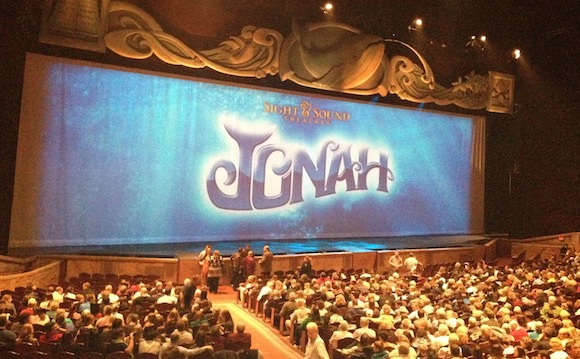
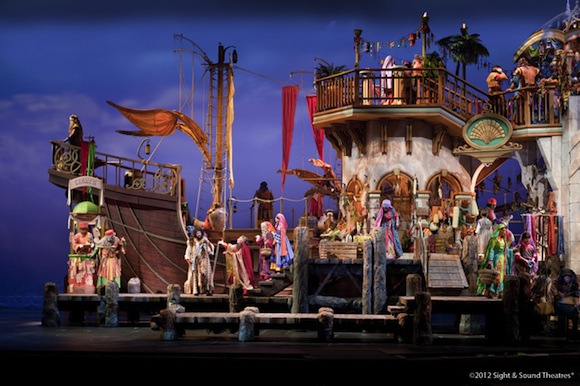
The seaport at Joppa.
On my birthday last week, October 23, Pam and I were in Lancaster, Pa. That afternoon we saw the play “Jonah” at the Sight and Sound theatre.
Last summer, we saw “Noah” at the Sight and Sound theatre in Branson, Mo. It was spectacular. Unfortunately, we had that experience in our heads as we watched “Jonah,” which was still a superb production to a packed house, but paled in comparison.
Nevertheless, I liked “Jonah” a lot. Some of the musical numbers were excellent, the sets were astounding (the walls of Jericho, the fishing village of Joppa), and the story was creative. They ended with a strong presentation of the Gospel (as did “Noah”). Definitely a play I would recommend.
Next summer, perhaps Pam and I will visit Branson again, this time to see “Joseph.”
But I just can’t imagine anything topping “Noah,” particularly that awesome moment at the beginning of the second half when you realize you are inside the Ark.
This is quite enlightening, and troubling–a bunch of Republicans giving their candid criticisms of Mitt Romney.
My biggest problem with Romney is that he doesn’t seem to truly believe in anything. The man has no core. He has changed his views on so many issues, so many times, that–well, how can you NOT consider it deeply troubling?
How can we know what we’re getting as President? Which Romney will take the oath of office?
If his views are so squishy, why wouldn’t he change his views again as President?
Correction: there is one thing Romney believes in steadfastly: Mormonism. On that he has not wavered. So the only thing he’s truly committed to is a false religion.
2 Comments